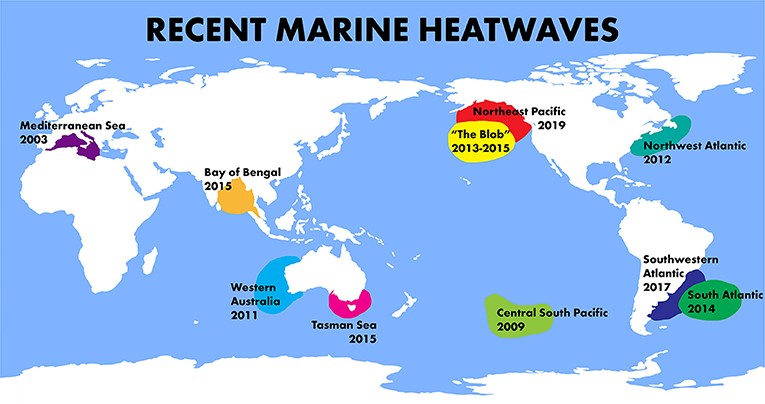The Prime Minister of India has replied to the Motion of Thanks on address of the President presented to the joint session of Lok Sabha and Rajya Sabha.
Reference
Before OROP was implemented, retired servicemen used to get pensions as per the Pay Commission's recommendations of the time when they had retired.
Reference
CAMPA are meant to promote afforestation and regeneration activities as a way of compensating for forest land diverted to non-forest uses.
Reference
For the first time, a study has found a close link between marine heatwaves and atmospheric circulation and rainfall. It has also found that the marine heatwaves have been on the rise in the waters around India.
The increase in marine heat waves was due to rapid warming in the Indian Ocean and strong El Nino event.
An underwater survey showed that 85% of the corals in the Gulf of Mannar near the coast of Tamil Nadu got bleached after the MHW in May 2020.

Reference
In the Union Budget 2022-2023, the Union Finance Minister has proposed the manufacture of 400 new Vande Bharat trains in the next 3 years.
In 2019, the first Vande Bharat was manufactured by the Integral Coach Factory (ICF), Chennai, in about 18 months as part of the ‘Make in India’ programme.
Vande Bharat is touted as the next major leap for the Indian Railways in terms of speed and passenger convenience since the introduction of Rajdhani trains.
Reference